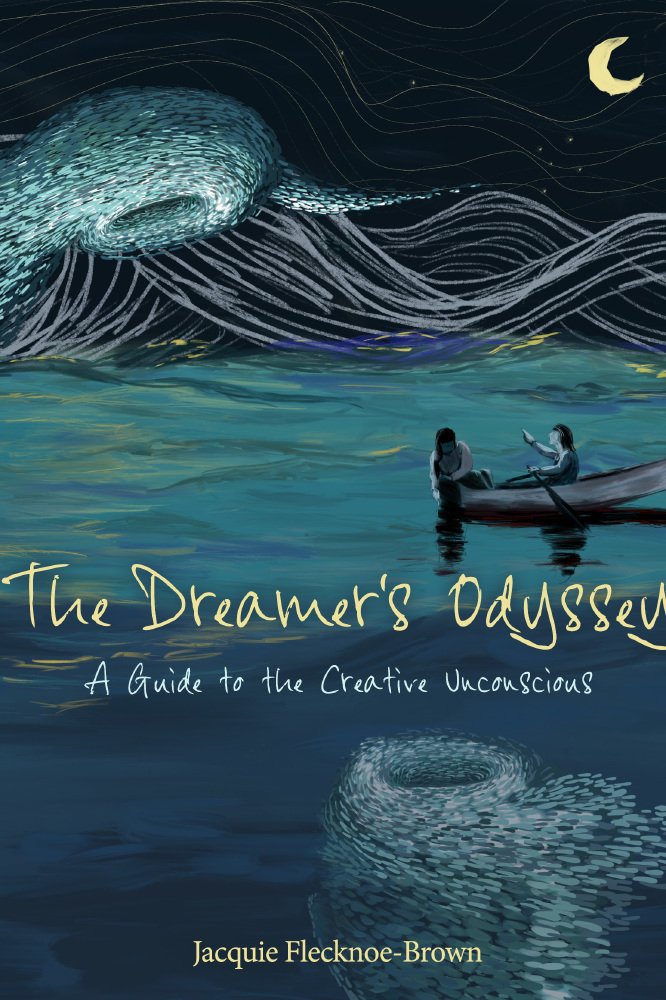By Jacquie Flecknoe-Brown, author of The Dreamer’s Odyssey: A Guide to the Creative Unconscious, March 2020, Free Association Books, £14.99

The Dreamer's Odyssey
The science of dreaming has not yet caught up with the research and understanding of the classical psychologists. It is as if the empirical evidence of these pioneers has been forgotten. Yet the evidence remains there in the collected works of Jung, Freud and those modern researchers who continue to explore unconscious psychology - as well as the millennia of cross-cultural collective history that records and explores the language of the unconscious which arises in dreams. It’s a purely modern phenomenon that the wealth of historical knowledge is ignored or forgotten, and where there is an arbitrary distinction between individual experience and collective ‘fact’, with the individual being dismissed when his or her experience does not fit into the categories of reality suitable to science. The dream is purely an individual experience as the individual is the sole carrier of consciousness. When collective knowledge does not contain or dismisses the empirical method and results of dream interpretation and its positive effect on the health of the individual, it is easily labelled as bunkum.
Dreams are a natural phenomenon, experienced by most if not all human beings - and some animals e.g. according to scientific studies, dogs, cats and birds also dream. Doesn’t it make sense there is a reason for this universal experience, as there are reasons for most things that are common to all people? The Jungian analyst, properly trained in the method and in skilled conversation with the client, is very often able to elucidate the meaning of the dream for the dreamer. The dreamer is also able to recognise when the meaning fits or does not fit. The dreamer has the final say on whether or not some new knowledge brought about by the process of dream interpretation either fits or does not ring true for him or her. The analyst’s skill is in knowing how to facilitate the understanding of dream material (i.e. unconscious content), which is something that could be known but has not up until that moment been understood. Dr. Jung took great care to explain this process and its benefits in his writings, but in the end, it is best learned by having the experience of those ‘ah ha’ moments that come with working on his/her own dream content.
Because dreams are unconscious and their language symbolic, it requires a kind of reflecting tool to work with our own dreams (actually often shown in dreams by the image of a mirror). We cannot understand them entirely on our own: because they are truly unconscious and we can only be conscious of what we are conscious of - not what we are not! When we try to interpret our own dreams without a tool or method or another person, we end up only understanding what we already know. This is also why dream symbols books do not do the job adequately. Only an analyst, a clever and insightful friend, or a method outlined in detail such as in the Dreamer’s Odyssey, can provide this reflecting tool.

